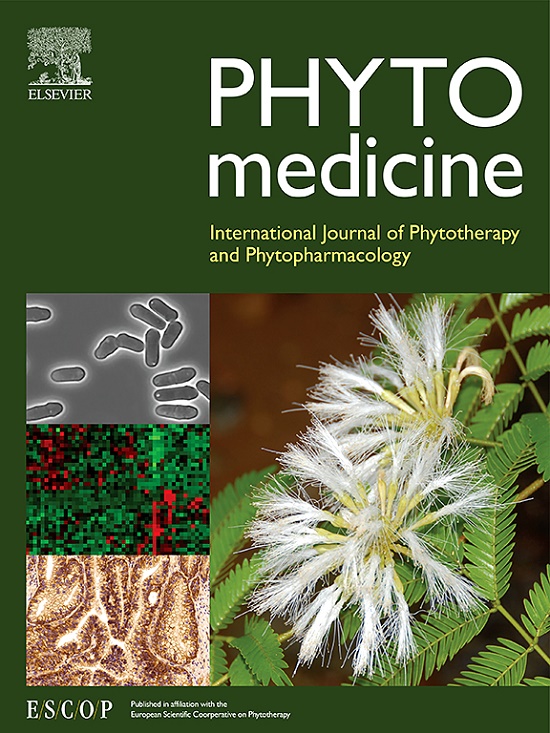Edaravone dexborneol exerts anti-epileptic effects on rodent temporal lobe epilepsy by promoting NMDAR deactivation and inhibiting oxidative stress
IF 6.7
1区 医学
Q1 CHEMISTRY, MEDICINAL
引用次数: 0
Abstract
Background
Disease-modifying treatments with anti-epileptic effects are currently unavailable and urgently required for temporal lobe epilepsy (TLE). Combined therapy targeting multiple mechanisms may offer a promising anti-epileptic strategy, given the complex processes underlying epileptogenesis.
Purpose
This study evaluates the effects of Edaravone Dexbroneol, a combination of Edaravone and Dexborneol in 4:1, on rat and mouse TLE models and an in vitro epileptiform activity model.
Methods
The Pilocarpine-induced rat TLE model and the Kainic acid-induced mouse TLE model were used to assess the in vivo effect of Edaravone and/or Dexbornel. Primary neurons were utilized to evaluate the in vitro effect of drugs using calcium imaging, electrophysiological and biochemical analyses, as well as RNA sequencing.
Results
Treatment of Edaravone Dexbornel during the latent period significantly alleviated epileptic seizures in rodents, mitigated cognitive impairment, and inhibited neuronal loss and astrocytic activation. In vitro, Edaravone Dexborneol inhibited the action potentials and protected primary hippocampal neurons from Mg2+-free-induced neurite injury. All these effects were significantly more pronounced in the group treated with the Edaravone Dexborneol mixture compared to either drug used individually. Furthermore, Edaravone can significantly inhibit Mg2+-free-induced calcium oscillations in primary neurons, probably by promoting the deactivation of NMDA receptors. RNA sequencing and RT-PCR analysis revealed that synergetic regulation of lipid metabolism, oxidative stress, apoptosis, and calcium signaling probably underlay the neuroprotective effect of Edaravone Dexbornel on epileptic neurons.
Conclusion
Edaravone Dexborneol exhibits antiepileptic effects and may fill the gap in disease-modifying treatments for TLE.

求助全文
约1分钟内获得全文
求助全文
来源期刊

Phytomedicine
医学-药学
CiteScore
10.30
自引率
5.10%
发文量
670
审稿时长
91 days
期刊介绍:
Phytomedicine is a therapy-oriented journal that publishes innovative studies on the efficacy, safety, quality, and mechanisms of action of specified plant extracts, phytopharmaceuticals, and their isolated constituents. This includes clinical, pharmacological, pharmacokinetic, and toxicological studies of herbal medicinal products, preparations, and purified compounds with defined and consistent quality, ensuring reproducible pharmacological activity. Founded in 1994, Phytomedicine aims to focus and stimulate research in this field and establish internationally accepted scientific standards for pharmacological studies, proof of clinical efficacy, and safety of phytomedicines.
 求助内容:
求助内容: 应助结果提醒方式:
应助结果提醒方式:


